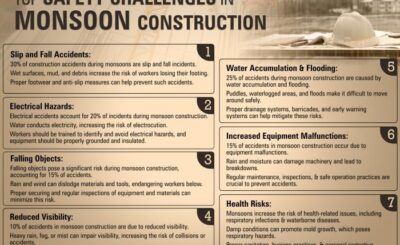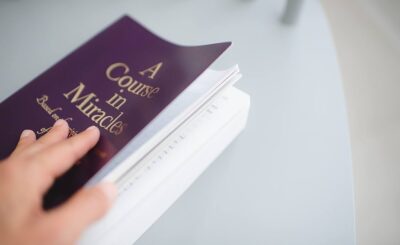” How do I know when to multiply, when to add and subtract when asked to solve a probability question?” This was the same thought that use to go through my mind while taking probability classes because I was always utterly confused with numerous and similar rules of probability.
So if anyone is going through something similar to this, it is highly expected. However, it is time to realize that there is light at the end of the tunnel because I was able to reach the end of probability tunnel through hard work.
While searching and trying to find a breakthrough and become better at solving probability, I was trying to master the rules. Little did I know that mastering the rules wasn’t what I needed to become better at solving probability. Here is a quick summary of what I discovered about probability and how that changes the way I saw the topic and how it can be solved.
But first, let’s take a look at what probability is all about and the general ideology backing it all up.
What is a probability?
Probability is all about the odds of choosing a particular thing amidst a multitude of other things which is usually in the form of an event. From my research over the years, probability is majorly divided into two distributions which are binomial distribution and normal distribution.
Understanding the difference between these two gave me the edge I needed when it comes to solving probability questions. With this, I was able to use and apply the rules I mastered in a much better way.
How is probability solved?
Probability can be solved in different ways, it can be used to find the probability of certain events, the probability of a dice roll, and even the probability of a card to be picked from a deck of cards. To help explain this further, I will be solving different examples on each of these where probability can be applied.
Probability Problems about Events – Probability can be used here in a straight forward fashion. A good example is when an individual has a 40% chance of getting a job and 20% chance of losing it. The probability here is the total of both chances which is 40% + 20%= 60%. The only thing with this method is that it works solely with mutually exclusive events
Dice rolling probability problems – For dice rolling, there is a total of 36 different possibilities. This is used as the fixed possible value and it can be used to calculate the probability of any possible occurrences.
Probability is a big part of the math sections of the SAT. You can prepare for the SAT at Caddell Prep.








